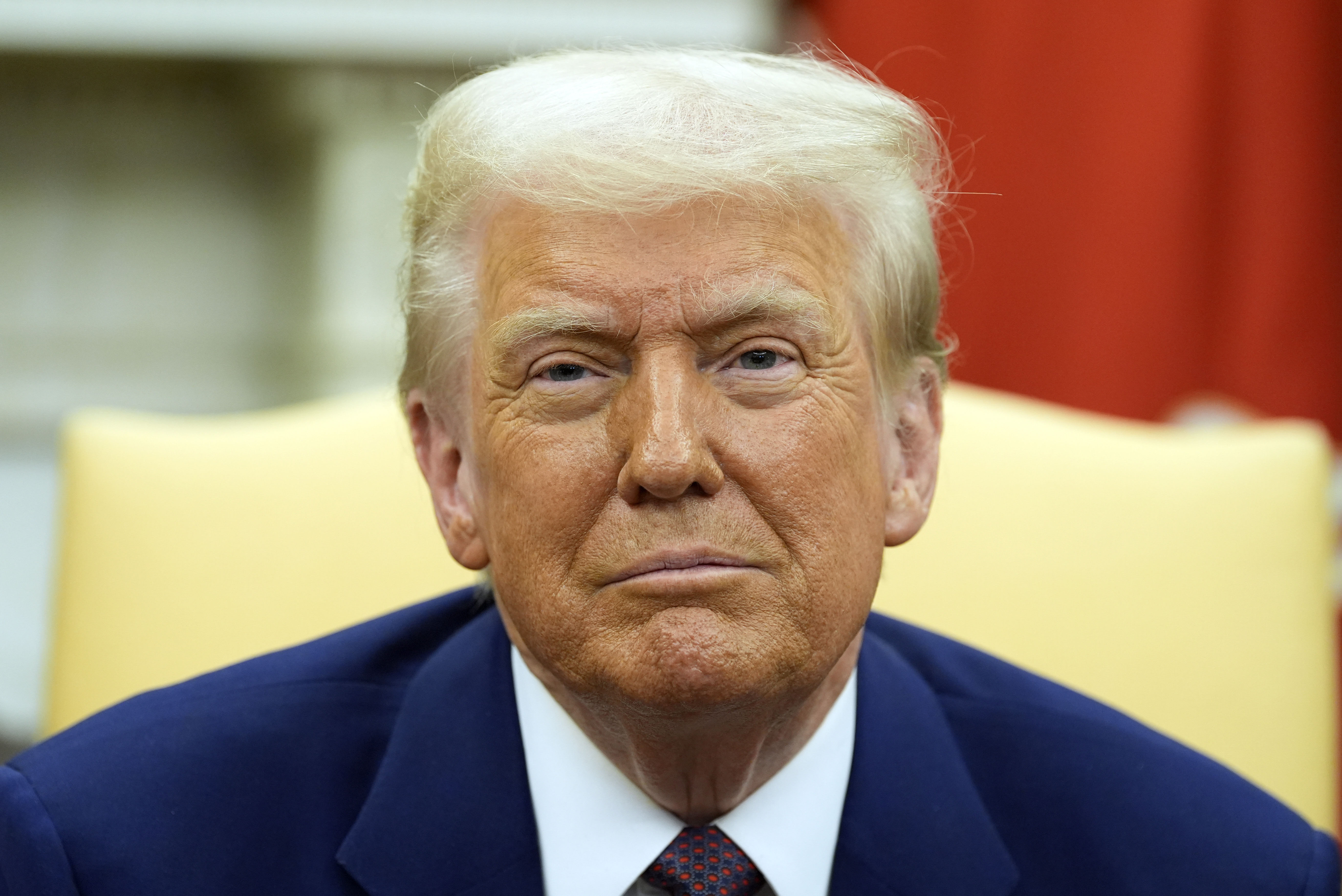Global Repercussions of U.S. Tariffs on Steel and Aluminum
Explore how President Trump's tariffs on steel and aluminum are reshaping industries worldwide, from U.S. manufacturers to Japan's trade policies, and the global economic impact.
Published February 13, 2025 - 00:02am

Image recovered from marketbeat.com
The recent decision by President Trump to impose a 25% tariff on steel and aluminum imports has sent ripples through the global economy. This policy, designed to protect and invigorate domestic metal industries, has sparked a flurry of responses amid concerns about broader economic consequences. As domestic metal producers like Cleveland-Cliffs, Nucor, and Alcoa experience initial stock market gains, questions loom over the longevity and impact of this 'tariff bump.'
Investor optimism has been fueled by the belief that these tariffs will reduce foreign competition, providing a short-term advantage to U.S. producers. Yet, the longer-term economic picture appears far more complex. Domestic producers are seeing immediate benefits in part due to increased demand as buyers lean towards local sources to avoid tariff-inflated costs. The Cleveland-Cliffs Inc., for instance, witnessed a notable stock price jump, while Nucor's electric arc furnace technology positions it well in this reshaped market. Alcoa experienced a more modest rise, reflecting caution among analysts about future dynamics.
However, the enthusiasm is tempered by significant risks, as these tariffs could inadvertently become a 'steel trap.' Among the most pressing concerns are inflationary pressures that tariffs can impose on downstream industries heavily reliant on steel and aluminum. Automotive giants like Ford face increased production costs due to pricier raw materials. The construction industry, as well, may grapple with more expensive steel for essential materials, pushing up prices for housing and infrastructure projects.
On the geopolitical stage, tariffs have reignited trade frictions. Japan is actively seeking exemptions, as these tariffs threaten its steel exports to the U.S., Japan's lodging of an official protest underscores the potential for exacerbated trade tensions. This scenario is further complicated by the fact that President Trump's reinforcement of these tariffs follows a period of relief under the Biden administration, which had granted duty-free quotas to key trading partners, including Japan.
From an energy sector perspective, Trump's tariffs could impede economic efficiency and growth. The U.S. energy sector relies heavily on steel and aluminum, from conventional fossil fuel infrastructure to renewable energy projects. Higher costs in these materials could slow projects in wind, solar, and even nuclear power, potentially thwarting efforts to bolster U.S. energy independence.
Globally, as countries respond to these U.S. measures, potential retaliatory actions could unfold. The European Union, for example, has threatened countermeasures following the lifting of previously established exceptions. These trade dynamics risk creating deeper divides and heightening uncertainties in international economic relations.
Meanwhile, in Southeast Asia, the Thai steel industry is calling for stronger governmental action to counter the influx of cheap Chinese steel, highlighting how regional markets are affected by shifts in global trade policies. The challenge for local industries is twofold: dealing with external economic measures like tariffs and tackling intrinsic challenges such as low domestic demand and reliance on international markets.
In summary, while U.S. domestic steel producers might temporarily benefit from tariffs, this policy presents intricate challenges. Shifts in global trade dynamics, inflationary pressures, potential retaliatory measures, and increased costs across various sectors suggest that the perceived benefits of tariffs are mitigated by broader economic risks. A cautious approach is warranted, balancing short-term gains for metal producers against the potential of long-term economic impacts across multiple sectors in the U.S. and beyond.






